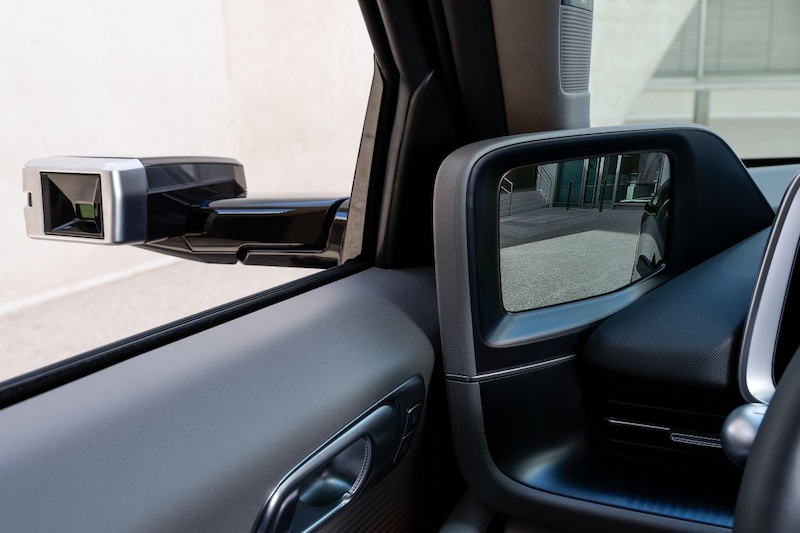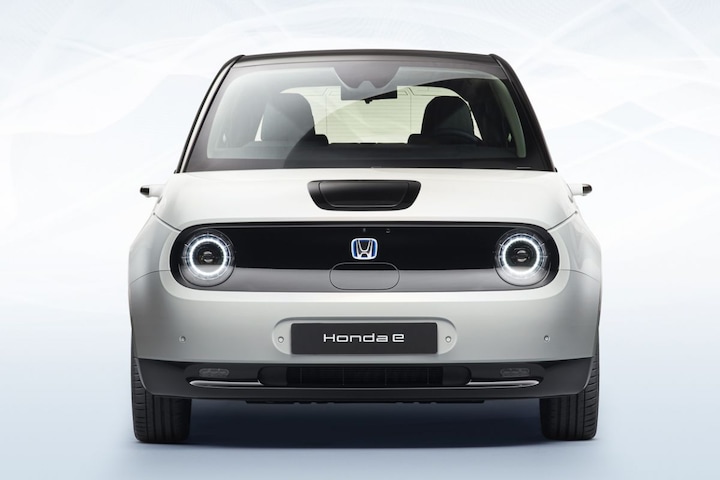Think differently, look better


What is the similarity between mosquitoes and digital exterior mirrors? That’s right: you rarely hear anything positive about it. Still, I think there is something to be said for the ‘camera mirror’, provided some minor changes are made.
This week I’m driving a Hyundai Ioniq 6. Everyone immediately sees that it is a demonstration vehicle, because no real customer orders such an Ioniq 6 with digital exterior mirrors. That option costs 1,400 euros, is only available on the top version and let’s be honest: it is nothing more than a gimmick. With cameras instead of exterior mirrors, the car is slightly more aerodynamic on paper, but in practice this is negligible. In terms of vision, they do the same thing as a real mirror, but in a complex and expensive way. In many cases, the ‘old-fashioned’ mirror is simply better, because it is surprisingly difficult to accurately estimate distances and depth, especially when parking in reverse.
However, I also want to say something positive about it, because I don’t think these mirrors are a complete drama. The image is surprisingly sharp and remains that way even in the dark and in rain. With a futuristic car like the Ioniq 6, I can also understand that people simply find it nicer, because a simple mirror is a bit too down-to-earth for a car that seems to come from another planet.

Hyundai Ioniq 6
Practical advantage
On the highway I have actually discovered a practical advantage: you don’t have to move your head back and forth as far to see what is happening behind you. That sounds like a minimal advantage for the ultimately lazy people, but isn’t that the power of many car innovations? The electric tailgate prevents a single movement, the ‘proximity key’ saves you one push of a button and the volume button on your steering wheel prevents you from having to move your hand all the way to the dashboard, as if you were a wild animal.
It could be better
Those few centimeters less looking from left to right, however small, are still progress. However, it can be even better. The simple problem is this: car manufacturers approach the digital exterior mirror far too much with the traditional mirror in mind. The camera rests on a much too long ‘leg’ with a complex folding mechanism and is located where the impact falls, at the widest point of the car. The Honda E shows how it can be done: here the cameras are lower and closer to the car itself.

On the Honda E, the cameras are not the widest point of the car.
Move the screen
However, more gains can be made inside, because why are those screens exactly where you expect the mirrors to be? The one on the passenger side would be much better placed further towards the center of the car, right next to the infotainment screen. This way, even less movement is needed to see everything. That is safe, because you will soon look in the ‘mirror’ more often than would otherwise be the case. And yes, it is still wise to look over your right shoulder when turning. However, that is now also necessary, and with a differently placed ‘mirror screen’ you have a better view of things even when driving straight ahead.

Home improvement with Photoshop: that’s pretty much how I picture it.
Or… or we just stick with normal mirrors. That’s fine too, of course.
– Thanks for information from Autoweek.nl




